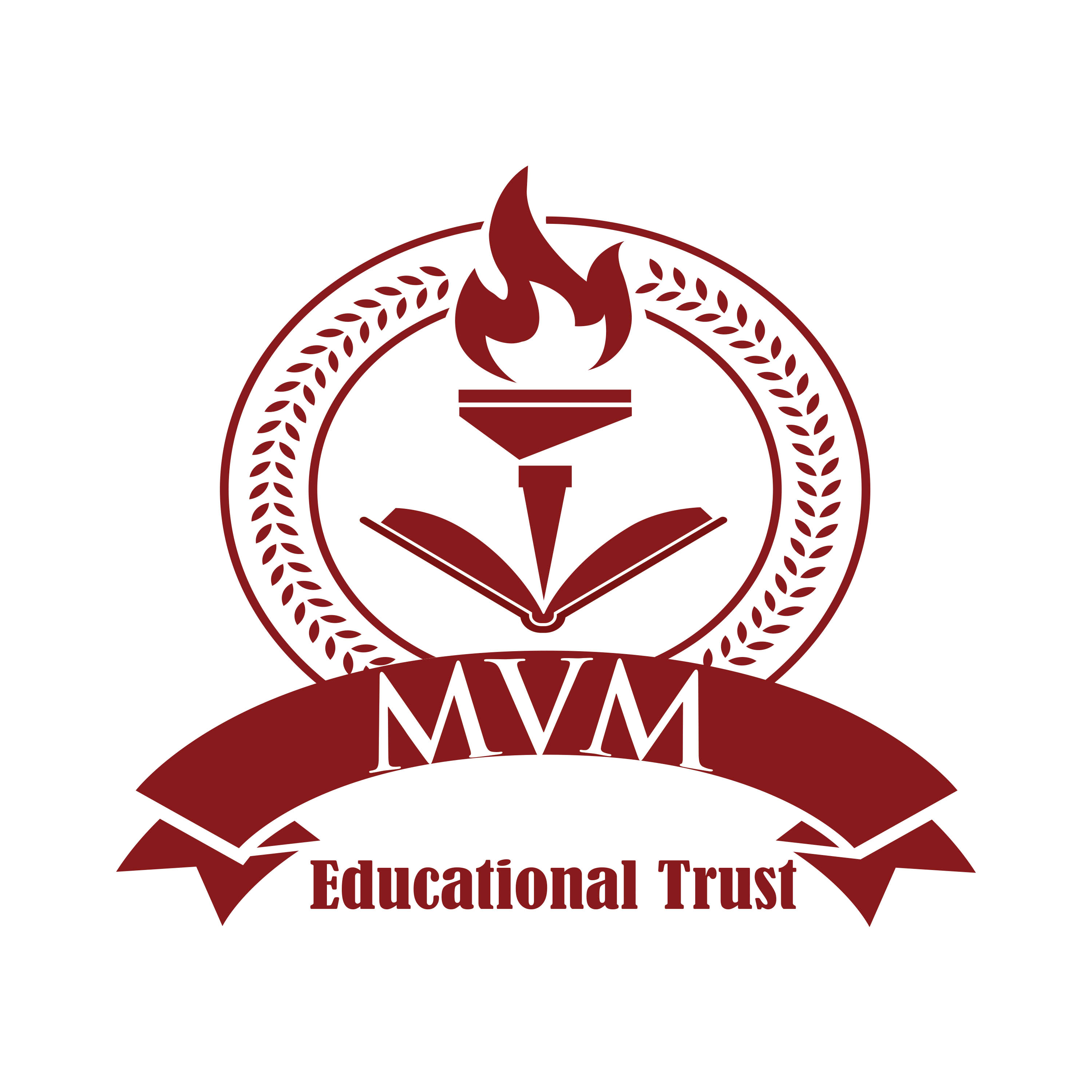
Anatomy and Physiology labs are fundamental components of allied health science education. These labs provide hands-on experiences, enabling students to understand the structure and functions of the human body. Here's what you might find in an Anatomy and Physiology lab in an allied health science college:
Equipment
- Anatomical Models: Detailed replicas of human organs and body parts for visual learning.
- Dissection Tools: Instruments like scalpels, scissors, and forceps for cadaver dissections.
- Human Skeleton Models: Showing the bones of the human body for study and reference.
- Microscopes: For studying tissues, cells, and histology.
- Physiological Measurement Devices: Such as blood pressure cuffs, stethoscopes, and thermometers.
- Electrocardiogram (ECG) Machines: For recording the electrical activity of the heart.
- Spirometers: Measure lung capacity and airflow.
- Human Torso Models: Detailed representations of the human torso for in-depth study.
- Charts and Posters: Illustrations of anatomical structures and physiological processes.
- Preserved Specimens: Preserved organs and tissues for hands-on study.
Experiments and Activities
- Cadaver Dissections: Studying the human body's internal structures through dissections.
- Histology: Examining tissues under microscopes to understand their cellular composition.
- Physiological Measurements: Learning to measure vital signs like blood pressure, heart rate, and respiratory rate.
- Muscle and Nerve Conduction Studies: Understanding how muscles and nerves work together.
- ardiovascular Experiments: Studying heart function, blood flow, and ECG interpretation.
- Respiratory System Experiments: Investigating lung capacity, oxygen exchange, and respiratory diseases.
- Digestive System Studies: Understanding digestion, absorption, and metabolism processes.
- Neurological Experiments: Exploring the nervous system's functions, reflexes, and sensory perception.
- Endocrine System Studies: Understanding hormone functions and regulation.
- Reproductive System Experiments: Studying human reproduction and embryonic development.
Integration with Curriculum
- Hands-on Learning: Anatomy and Physiology labs provide practical application of theoretical knowledge from lectures.
- Clinical Relevance: Linking lab exercises to real-world clinical scenarios to enhance understanding.
- Preparation for Healthcare Professions: Essential for students pursuing careers in nursing, physical therapy, medical technology, and other allied health fields.
- Research Opportunities: Labs can serve as a foundation for student research projects related to human biology and health.
Anatomy and Physiology labs play a crucial role in the education of allied health science students, providing them with the essential skills and knowledge required for their future roles in healthcare and medical research.

 9606080651/653/654
9606080651/653/654